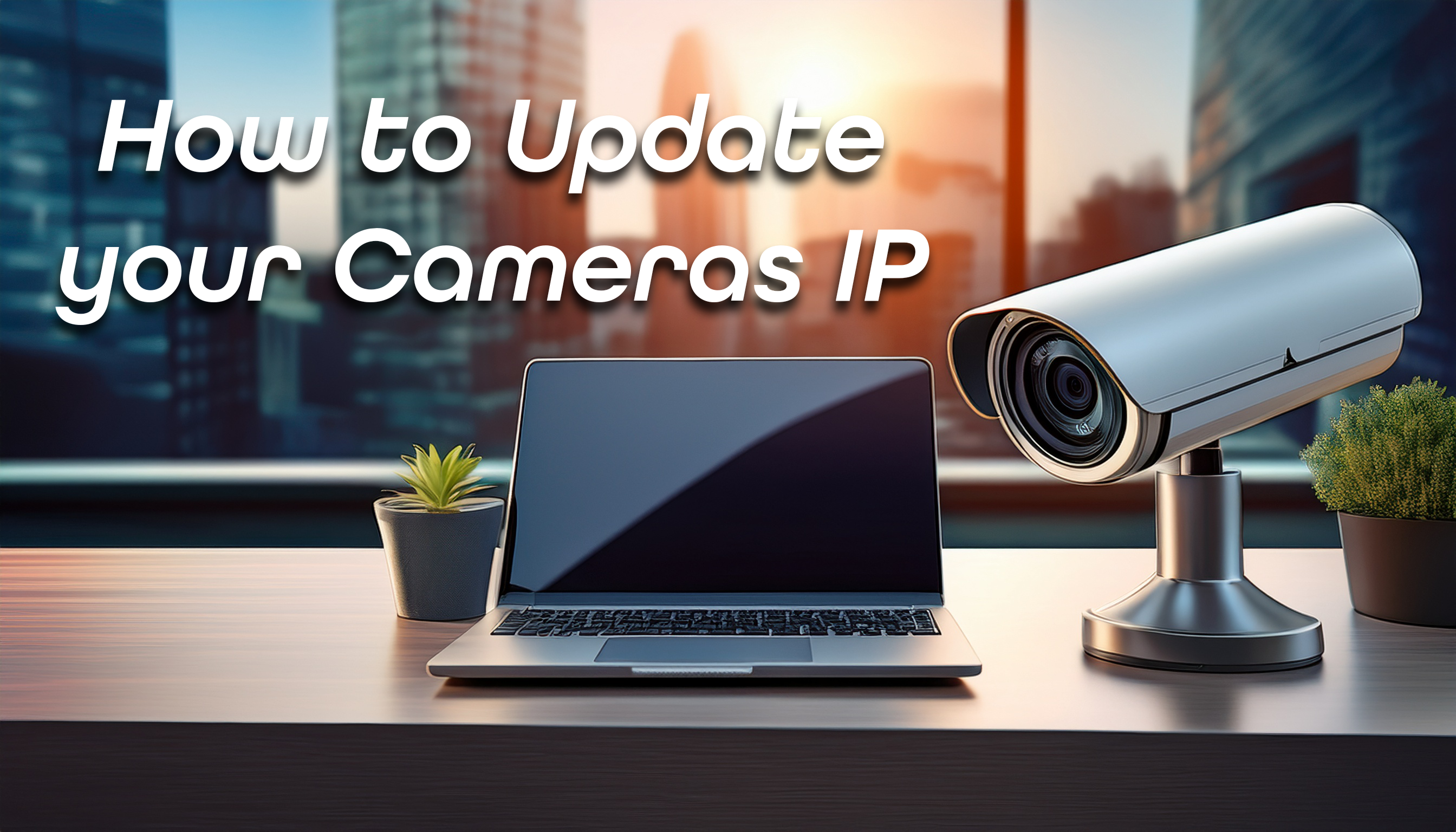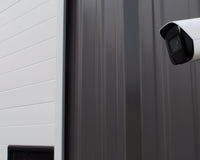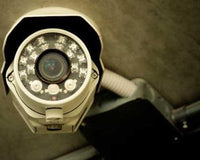Understanding IP Addresses for Cameras
1. Directly Connected Cameras (to NVR):
- Cameras physically connected to the NVR do not require a static IP. They will function immediately without additional setup.
2. Network-Connected Cameras (via Router/Switch):
- Use a static IP to ensure the NVR can reliably locate the camera. DHCP (dynamic IP) may assign a new address if the camera reconnects, causing connection issues.
- **Note:** Changing your router or ISP may alter your network configuration. If this happens, update your camera’s IP settings to restore communication with the NVR.
- Detailed Guide as to why Static is good vs DHCP: [Why Static IP is Better for IP Cameras: A Comprehensive Guide](https://montavue.com/blogs/news/why-static-ip-is-better-for-ip-cameras-a-comprehensive-guide)
Methods to Update Camera IP Addresses
This guide covers two approaches:
1. Changing the IP via the NVR
2. Changing the IP via the IPConfig Tool
Method 1: Changing the IP via the NVR
Use this method if the camera appears in the NVR’s camera list.
1. Log into the NVR:
- Navigate to Main Menu > Camera > Camera List.
2. Search for the Camera:
- Click the Device Search button (usually at the top).
3. Edit the Camera Settings:
- Locate the camera you want to modify.
- Click the Edit/Modify icon (often a pencil symbol).
4. Assign a Static IP:
- In the pop-up window:
- Set the camera to Static IP mode.
- Enter your network details (example below):
IP: 192.168.1.115
Subnet Mask: 255.255.255.0
Gateway: 192.168.1.1
**Important:**
- Replace the example values with your network’s specific settings.
- Enter the camera’s password (usually matches the NVR’s admin password).
5. Save Changes:
- Confirm settings and click ok.
Pro Tip:
- Temporarily set the camera to DHCP first to identify an available IP address. Then switch to Static using that IP to avoid conflicts.
Method 2: Changing the IP via the IPConfig Tool
**Use this method if the camera does not appear in the NVR’s list.**
1. Prerequisites:
- Ensure your computer is on the same network as the camera.
- Download and install IPConfig Tool [IP Config Tool – Montavue Help Center](https://montavuehelp.kinsta.cloud/ip-config/)
- Another IPConfig guide for more info and about it: [IPConfig Tool and your IP Cameras](https://montavue.com/blogs/news/ipconfig-tool-and-your-ip-cameras)
2. Open the IPConfig Tool:
- Launch the software and enter your password within the Search Settings menu so you can properly make changes to the Cameras (this will be the camera password which should be the same as the NVRs).
3. Search for Cameras:
- Click the Search/Refresh icon to scan the network.
- If the camera isn’t found, expand the search range under Search Settings (e.g., input your network’s IP range).
4. Update the IP Address:
- Locate the camera in the list and click Edit (pencil icon).
- Switch to Static IP and input your network details (as in Method 1).
- Click OK and wait for a green checkmark to confirm success.
- Refresh the page to verify the update.
Final Steps After IP Change
-
Update the NVR Camera List:
- Remove the camera’s old IP from the NVR’s Camera List (bottom section).
- Re-add the camera using its new IP (top section).
-
Preserve Camera Order:
- To maintain camera order, update IPs one at a time or note the new addresses before re-adding.
Troubleshooting Tips
- Ensure the camera’s password matches the NVR’s credentials.
- Double-check subnet, gateway, and DNS settings against your router’s configuration.
- Restart the camera and NVR after IP changes to apply updates.
By following these steps, you’ll ensure seamless communication between your cameras and NVR, even after network changes.










